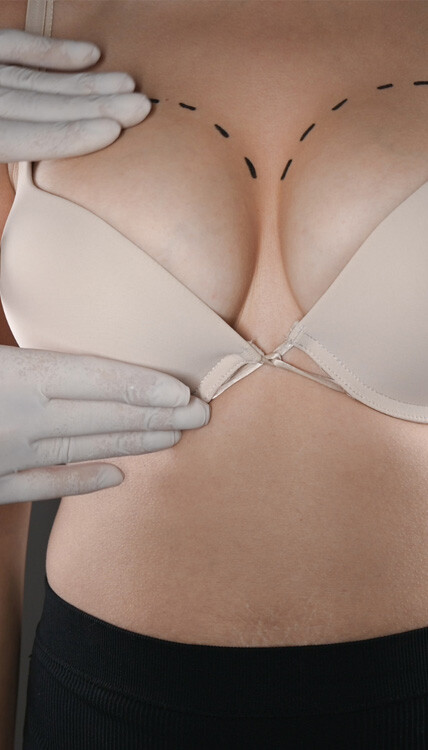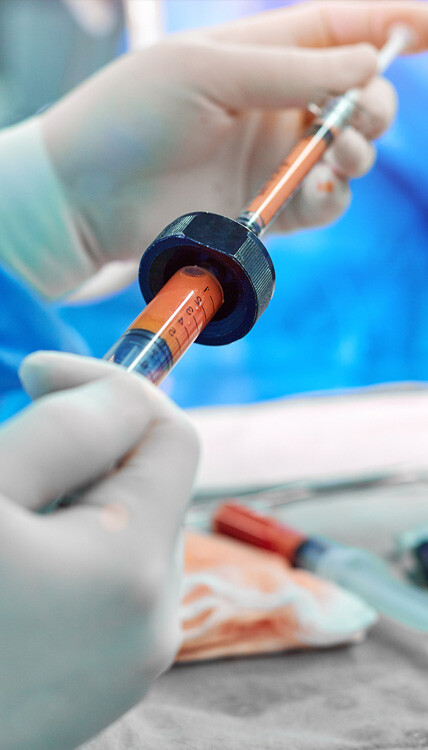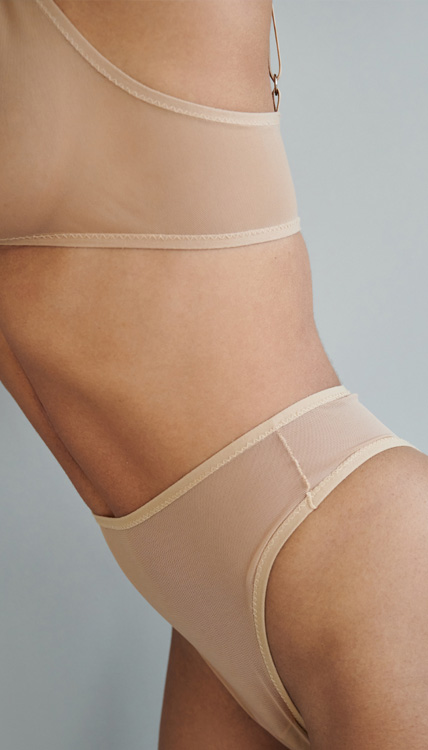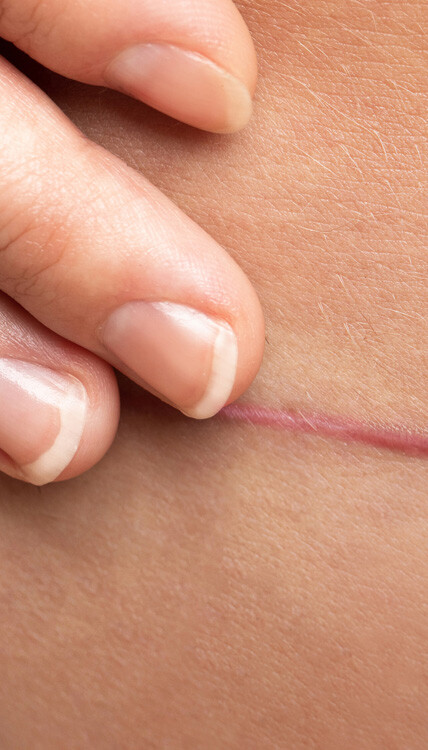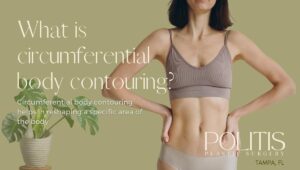 Circumferential body contouring is a surgical procedure to remove excess loose skin, tissue, and subcutaneous fat in the abdomen, waist, and buttock area. During the procedure, a circumferential incision is made around the abdomen, extended to the sides, then into the lower back.
Circumferential body contouring is a surgical procedure to remove excess loose skin, tissue, and subcutaneous fat in the abdomen, waist, and buttock area. During the procedure, a circumferential incision is made around the abdomen, extended to the sides, then into the lower back.
Through the incision, the surgeon removes excess skin and fat and repositions and tightens tissues. The result is a smoother, more youthful body contour, enhanced body shape and image, and a renewed sense of self-confidence.
Who is a candidate for the procedure?
Circumferential body contouring helps in reshaping a specific area of the body. It is often recommended after massive weight loss surgery, diet, or exercise to correct areas of loose skin on the arms, belly, flanks, neck, chin, thighs, or buttocks.
You are an ideal candidate for the procedure if
1. You have undergone bariatric surgery and have excess, loose skin.
2. You want to improve loose, saggy, or wrinkled skin due to natural aging.
3. You have experienced massive weight loss due to diet or exercise and want to remove surplus loose skin, fat, and tissues.
4. You have failed to reshape your body via diet and exercise.
5. You want to look and feel leaner or attain a certain body shape.
6. You want to achieve a smoother, younger skin appearance.
What happens before circumferential body contouring?
Before the procedure, your plastic surgeon will schedule a consultation session to listen to your specific concerns, your desired goals, and expectations. The doctor will also use the session to note your medical history, do a physical exam, run specific tests, answer your questions, and ascertain whether the procedure is right for you. Your surgeon will equally confirm that you are a healthy non-smoker with a stable weight, positive outlook, and realistic expectations.
More specifically, the plastic surgeon will:
1. Examine and measure the areas to be treated or reshaped.
2. Use a marker or pen to mark out the areas
3. Take pictures
4. Discuss with you options and recommendations
5. Develop a tailored surgery plan
6. Review surgical risks, discuss anesthesia, and explain post-operative pain control
7. Have you sign a consent form giving permission for the procedure, including consent for risks involved.
8. Explain post-operative instructions, the routine healing process, and follow-up care.
What happens during the procedure?
Circumferential body contouring is usually done inpatient, with the patient admitted for at least one night in the hospital. Only very minor contouring may be done on an outpatient basis but with a nurse going home with you to assist with post-operative care.
Typically, the surgery takes 4-6 hours to perform and goes on under general anesthesia. The surgeon will make a circumferential incision around your abdomen, stretch it around the sides, and then into your lower back. Through the incision, the surgeon repositions and tightens tissues, and removes excess skin and fat.
Sometimes, there is a need for extensive incisions and to combine the procedure with liposuction, particularly if you have so much excess fat. Your surgeon will explain this to you before the procedure.
To complete the procedure, your surgeon will use deep sutures within the underlying tissue to help create the newly shaped contours. After that, the doctor places multiple drains to remove any small amounts of fluid that may build in the treated area. The drains are then left in place for 7-10 days after surgery.
What happens after circumferential body contouring?
After the surgery, you’ll have to wear an abdominal binder for 12 hours a day to reduce swelling and support the new contours. You should avoid standing fully or upright so that internal sutures do not bend and stress as they heal—sleeping on pillows to elevate your knees is advisable during the first few days after the procedure.
Returning to light walking as soon as possible is recommended as a way to minimize potential blood clots and other complications. Numbness and a feeling of firmness over the skin surface will resolve over time, but you’ll have to wait for 2 weeks before returning to work and 6-8 weeks to resume vigorous exercise.
Follow your surgeon’s instructions on caring for the treated area. If you experience any pain or swelling, contact your doctor immediately for help. It will take up to a year for incision lines to refine and fade, but they will not be a problem as they’ll be hidden by your clothing and swimsuit.
At Politis Plastic Surgery, we offer circumferential body contouring procedure that produces results that are visible almost immediately. However, we encourage patience as it may take several months for the final results to fully develop. These results are long-lasting, provided a stable weight and general fitness is maintained.
For more information on circumferential body contouring and other plastic surgery procedures, book for a consultation with us today.
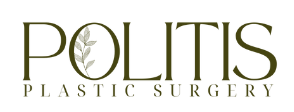


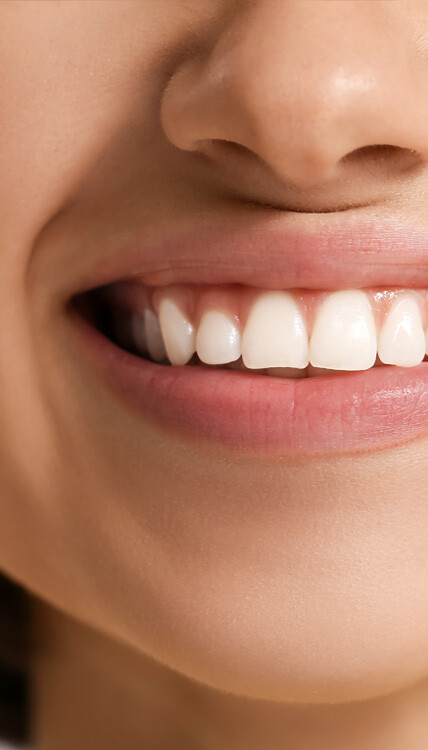

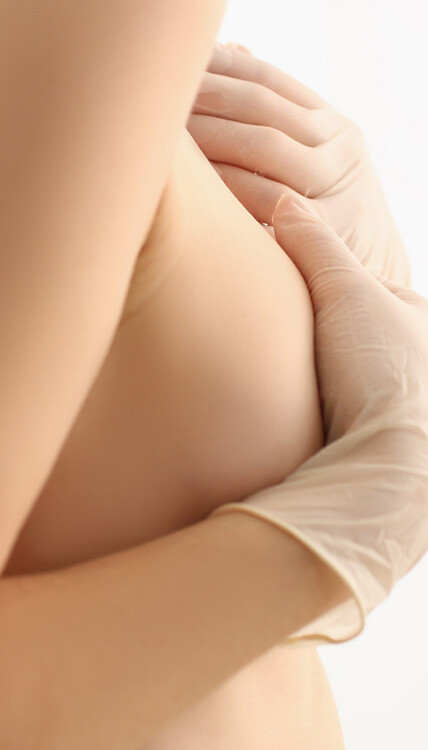

 FOR IMMEDIATE RELEASE
FOR IMMEDIATE RELEASE 